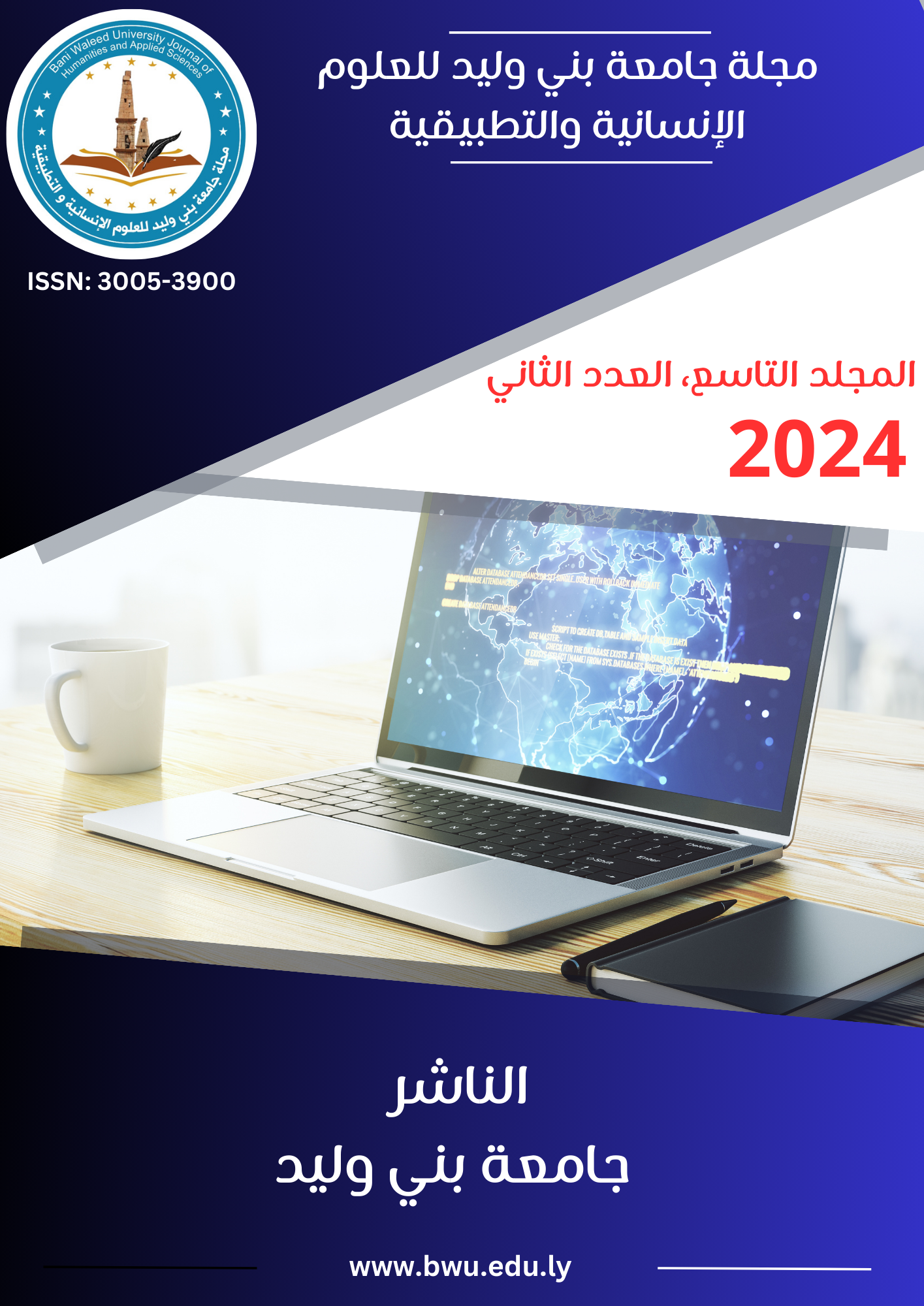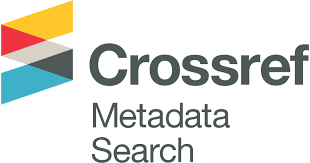Optimization of Surface Roughness (Ra) of Steel SAE 316L by Water Jet Cutting
DOI:
https://doi.org/10.58916/jhas.v9i2.246Keywords:
abrasive water jet, analysis of variance, steel SAE 316L, surface roughness, Taguchi design.Abstract
An abrasive water jet (AWJ), is a machining process that uses a pressurized water contains particles of materials with high hardness aiming to cut some materials. It is a precise cutting method used in industries such as manufacturing, aerospace, and construction. For machining different material, AWJ is proven as new and successful technology. in terms of roughness of surfaces of the produced components by machining, concerns should be considered when apply a suitable machining operation. This work shows the effect of AWJ parameters on surface roughness (Ra) when steel SAE 316L plates is cut using water jet technology. Design of experiments and analysis of results is made by the use of Taguchi’s technique. the two parameters that uses in this investigation are water pressure and nozzle movement speed during cutting of SAE 316L steel using abrasive Water jet cutting process. The results are recorded based on the experimental tests. According to the experimental results and their analysis some points can be concluded, the surface becomes smoother as the jet pressure increases due to the increase of particles' kinetic energy. The change in nozzle speed influences the surface roughness of workpiece. In order to get a good surface roughness, low speeds and high pressure should be applied.
Downloads
References
Selvan, M., N. Raju, and S. Hassan, Effects of process parameters on surface roughness in abrasive waterjet cutting of aluminium. Frontiers of Mechanical Engineering, 2012. 7.
Bhowmik, S., Jagadish, and A. Ray, Abrasive Water Jet Machining of Composite Materials, in Advanced Manufacturing Technologies: Modern Machining, Advanced Joining, Sustainable Manufacturing, K. Gupta, Editor. 2017, Springer International Publishing: Cham. p. 77-97.
Janković, P., et al., Applications of the abrasive water jet technique in civil engineering. Facta universitatis-series: Architecture and Civil Engineering, 2019. 17(4): p. 417-428.
Shukla, M., Abrasive Water Jet Milling, in Nontraditional Machining Processes: Research Advances, J.P. Davim, Editor. 2013, Springer London: London. p. 177-203.
Birtu, C. and V. Avramescu, Abrasive water jet cutting-technique, equipment, performances. Nonconventional Technologies Review, Romania, Issue March, 2012.
HOTEL, A.H. and C. ANAHEIM. CUTTING OF MUNITIONS AND REMOVAL OF EXPLOSIVES THROUGH APPLICATION OF WATER JET TECHNOLOGY. in EXPLOSIVES SAFETY SEMINAR VOLUME I. 1992.
Gracey, M.T., High Pressure Pumps. 2006: Gulf Professional Publishing.
Sruthi, B., N. Kilari, and J. Kishore, Experimental Investigation of Abrasive Water Jet Machining Processes Parameters & its Effects on Processes Responses usingGrey Taguchi Optimization Technique. J. Product. Eng, 2016. 19(2): p. 13-19.
Guglielmi, G., et al., Life Cycle Environmental and Economic Comparison of Water Droplet Machining and Traditional Abrasive Waterjet Cutting. Sustainability, 2021. 13(21): p. 12275.
Ohlsson, L., The theory and practice of abrasive water jet cutting. 1995, Luleå tekniska universitet.
Dixit, A., V. Dave, and M. Baid, Water jet machining: an advance manufacturing process. International Journal of Engineering Research and General Science, 2015. 3(2): p. 288-292.
Natarajan, Y., et al., Abrasive Water Jet Machining process: A state of art of review. Journal of Manufacturing Processes, 2020. 49: p. 271-322.
J.A.WILLIAMS, Engineering Tribology. 1994: OXFORD SCIENCE PUBLICATIONS.
Singh, S., et al., A STUDY OF THE EFFECTS OF MACHINING PARAMETERS ON SURFACE ROUGHNESS USING RESPONSE SURFACE METHOD ON EN11 ALLOY STEEL IN THE END-MILLING PROCESS. INTERNATIONAL JOURNAL OF MECHANICAL ENGINEERING AND TECHNOLOGY (IJMET) 2014. 5(11): p. 47-58.
Yang, W.H. and Y.S. Tarng, Design optimization of cutting parameters for turning operations based on the Taguchi method. Journal of Materials Processing Technology, 1998. 84(1): p. 122-129.
Zhang, J.Z., J.C. Chen, and E.D. Kirby, Surface roughness optimization in an end-milling operation using the Taguchi design method. Journal of Materials Processing Technology, 2007. 184(1): p. 233-239.
Sivaprakasam, T., S. S, and S. Hasan, Analyses of surface roughness by turning process using Taguchi method. Vol. 20. 2007.
Berginc, B., Z. Kampuš, and B. Šuštaršič, The use of the Taguchi approach to determine the influence of injection-molding parameters on the properties of green parts. Journal of Achievements in Materials and Manufacturing Engineering, 2006. 15: p. 63-70.
Pacheco, J.T., et al., Laser directed energy deposition of AISI 316L stainless steel: The effect of build direction on mechanical properties in as-built and heat-treated conditions. Advances in Industrial and Manufacturing Engineering, 2022. 4: p. 100079.















